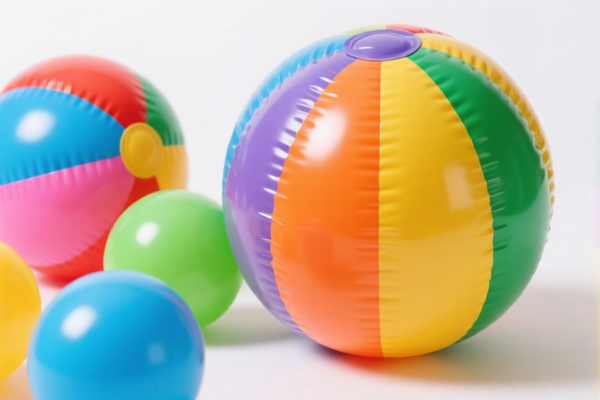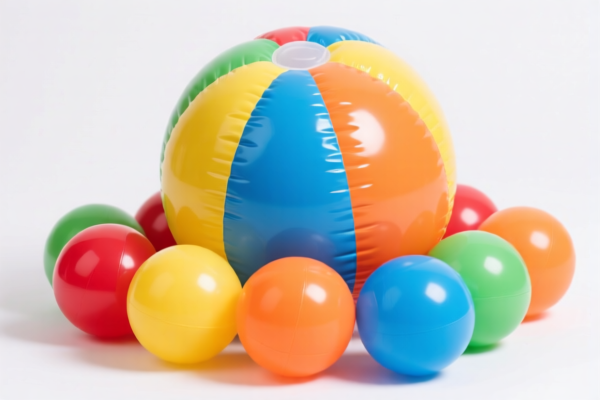| HS Code | Official Doc | Tariff Rate | Origin | Destination | Effective Date |
|---|---|---|---|---|---|
| 8407100020 | Doc | 55.0% | CN | US | 2025-05-12 |
| 8407909010 | Doc | 55.0% | CN | US | 2025-05-12 |
| 8206000000 | Doc | The rate of duty applicable to that article in the set subject t+30.0% | CN | US | 2025-05-12 |
| 7326908688 | Doc | 82.9% | CN | US | 2025-05-12 |
| 7326908688 | Doc | 82.9% | CN | US | 2025-05-12 |
| 9023000000 | Doc | 37.5% | CN | US | 2025-05-12 |
| 3926903000 | Doc | 59.2% | CN | US | 2025-05-12 |
| 4421999880 | Doc | 58.3% | CN | US | 2025-05-12 |
| 9620003090 | Doc | The rate applicable to the article of which it is an accessory+30.0% | CN | US | 2025-05-12 |
| 9620005000 | Doc | 60.3% | CN | US | 2025-05-12 |




Engine Model
An engine model is a scaled-down representation of a real engine, used for demonstration, educational, or research purposes. These models can range in complexity from simple static displays to fully functional replicas capable of powering machinery.
Material
Engine models are constructed from a diverse range of materials depending on their intended use and level of detail. Common materials include:
- Metal: Brass, steel, aluminum, and cast iron are frequently used for working engine models due to their durability and ability to withstand stress. Often used for components requiring precision machining.
- Plastic: Acrylic, ABS, and other plastics are used for less stressed components, casings, and educational models. These are generally lower cost and easier to work with.
- Wood: Historically used, and still employed for baseplates, stands, and aesthetic components.
- Die-cast Alloys: Zinc alloys are common for detailed, collectible models.
- 3D Printed Materials: Increasingly used for prototyping and creating complex geometries.
Purpose
- Educational: To illustrate the principles of internal combustion, steam power, or other engine types. Disassembled models are particularly valuable.
- Demonstration: To showcase engine operation and design features.
- Hobby/Collectibles: A popular pursuit for enthusiasts, ranging from kit building to restoring antique models.
- Research: Scaled models are used in engine development for testing and analysis, particularly in areas like fluid dynamics and combustion.
- Marketing/Sales: To provide a visual representation of engine technology.
Function
The function of an engine model depends on its type:
- Static Models: These are non-operational and primarily serve as visual representations.
- Working Models: These models replicate the operation of a real engine, converting fuel (e.g., steam, gasoline, alcohol) into mechanical energy. They typically feature a crankshaft, piston, cylinder, valves, and ignition system (if applicable).
- Computer-Controlled Models: Some advanced models are linked to computers for data acquisition and control, allowing for precise measurement and analysis of engine performance.
Usage Scenarios
- Classrooms: Teaching students about engine mechanics.
- Museums: Displaying historical engine designs.
- Workshops: Building and restoring engine models as a hobby.
- Engineering Labs: Conducting engine research and development.
- Trade Shows: Demonstrating engine technology to potential customers.
- Home Display: Collectible items for enthusiasts.
Common Types
- Internal Combustion Engine Models: Replicas of gasoline, diesel, or jet engines. These are often the most complex working models. Subtypes include:
- Single-Cylinder Engines: Simpler to build and understand.
- Multi-Cylinder Engines: More realistic and powerful.
- Steam Engine Models: Represent historical steam engines used in locomotives, factories, and ships. These often operate using compressed air or live steam.
- Oscillating Cylinder Engines: A common, simple steam engine design.
- Horizontal/Vertical Engines: Different configurations based on cylinder orientation.
- Stirling Engine Models: External combustion engines known for their quiet operation and efficiency.
- Gas Turbine Models: Replicas of jet engines and power generation turbines.
- Electric Motor Models: Illustrate the principles of electromagnetic induction and motor operation.
- Scale Models: Often static, highly detailed representations of specific engines for collectors.
Based on the provided information, “engine model” can be classified under the following HS codes:
-
8407100020: This HS code covers Spark-ignition reciprocating or rotary internal combustion piston engines: Aircraft engines For use in civil aircraft: New: Less than
373 kW .- 84: Chapter 84 relates to Nuclear reactors, boilers, machinery and mechanical appliances; parts thereof.
- 07: Heading 07 specifically covers Internal combustion piston, rotary combustion, or gas turbine engines.
- 100020: This further specifies spark-ignition reciprocating or rotary internal combustion piston engines designed for aircraft, new engines with a power output less than 373 kW.
-
8407909010: This HS code covers Spark-ignition reciprocating or rotary internal combustion piston engines: Other engines: Other Gas (natural or liquid propane (LP)) engines.
- 84: Chapter 84 relates to Nuclear reactors, boilers, machinery and mechanical appliances; parts thereof.
- 07: Heading 07 specifically covers Internal combustion piston, rotary combustion, or gas turbine engines.
- 909010: This further specifies other spark-ignition reciprocating or rotary internal combustion piston engines, specifically gas (natural or liquid propane (LP)) engines.
Please note that the applicable tariff for both HS codes is a basic duty of 0.0%, an additional tariff of 25.0%, and an additional tariff of 30.0% after April 2, 2025, resulting in a total tariff of 55.0%.
Customer Reviews
No reviews yet.